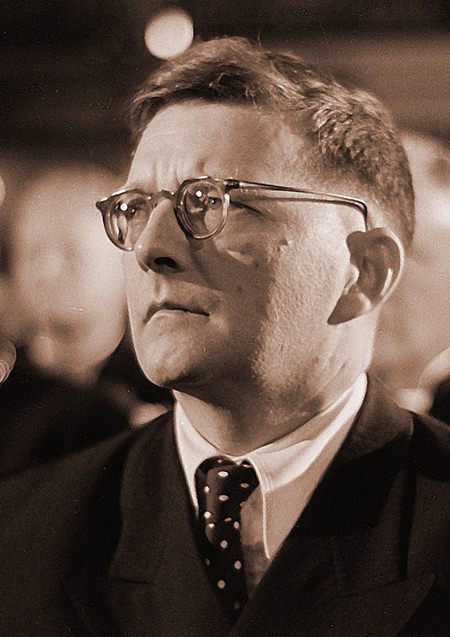
When I was a student cellist, I used to play in a string quartet. A violinist I knew had a large if somewhat drab lounge, big enough for a string quartet to play without any collisions. Every week or so, I used to drive over there in my ancient car, the roof of which leaked so badly that I used to leave umbrellas on the back seat. One of us would bring along a set of parts and we’d scramble through the music. We got to know a lot of quartet music but we were playing just for the fun of it, without any professional aspirations.
There are hundreds of professional string quartets worldwide. Wikipedia lists over four hundred of them and some have achieved legendary status. The Borodin Quartet was formed in 1945 and it’s still going strong and one of the world’s longest-lasting string quartets. In Britain there were the three A’s: the incredible Amadeus Quartet, the Aeolian Quartet and the Allegri Quartet which was founded in1953 and became Britain’s longest-running chamber music ensemble.
In America the Kronos Quartet has been going for over forty years and specializes in contemporary music. The Guarneri Quartet was a top American quartet founded in 1964 and admired for its rich, warm, tone and dramatic interpretations. The Guarneri musicians helped nurture interest in quartet playing for a new generation of young musicians. Four of those young musicians now form the Dover Quartet which rocketed to stardom following its success at the 2013 Banff International String Quartet Competition.

Based at the Bienen School of Music at Chicago’s Northwestern University, the Dover Quartet has become one of the most in-demand ensembles in the world. Jerry Dubins of Fanfare magazine wrote “This is music-making not of the highest order but of the next order. On a number of occasions, I’ve remarked on how blessed we are to be living in a golden age of string playing. The Dover Quartet now takes that to the next level, platinum.”
Published in 1808, this work is the second of the so-called Razumovsky cycle of string quartets. They belong to what’s known as Beethoven’s “middle period” when he was developing a more complex musical style. He was moving towards more organic growth in his music, pushing ahead with more advanced harmonies and using dramatic moments of silence. You can hear what I mean in the first movement of this strangely enigmatic quartet. But listen to the incredible “togetherness” of the Dover Quartet, especially in the busy section at 05:53 onwards: there’s constant eye contact between the musicians and extraordinary precision.
According to Beethoven’s younger friend Carl Czerny, the second movement came to Beethoven after contemplating the night sky. The movement opens with luminous harmonies like a celestial hymn, but moves into more turbulent moods and shifting chromatic harmonies. Yet often there’s a sense of continuous pulsing throughout the music like the passing of time itself.
With their rich and singing tone quality, the Dover Quartet brings out the soulfulness in this remarkable work. The joyous third movement has the feel of a folk dance with cross-rhythms and catchy syncopation, while the opening of the last movement could almost have been written by Prokofiev with its playful and slightly sardonic main theme. It’s a virtuosic performance which brings a veritable eruption of applause from the audience. You might notice that this video has already has over 62,000 views. Who is saying that there is no audience for classical music?
This five-movement quartet dates from 1946 and was premiered in Moscow by the Beethoven Quartet to whom it is dedicated. Many people regard this work as being among the best of the Shostakovich quartets and it was evidently a favorite of the composer himself. He had already written nine symphonies and this quartet shows the composer in full command of chamber music. It switches between moments of consonant harmony and biting distance, yet it’s approachable and absorbing. But like the Beethoven quartet, this work has many enigmatic, puzzling moments.
The Dover Quartet gives a characteristically tight and focused performance with splendid technical control. Just listen to the incredible precision in the sprightly third movement and the remarkably rich tone colour in the soulful and sombre fourth movement. The closing bars, in which fragments of melody are heard over a hushed, sustained chord of F major are memorable. By any standards this is superb playing.
And just in case you’re wondering, the Dover Quartet takes its name indirectly from the port of the same name on England’s Kent coast, albeit in a rather circuitous sort of way.
 |
 |
 |




